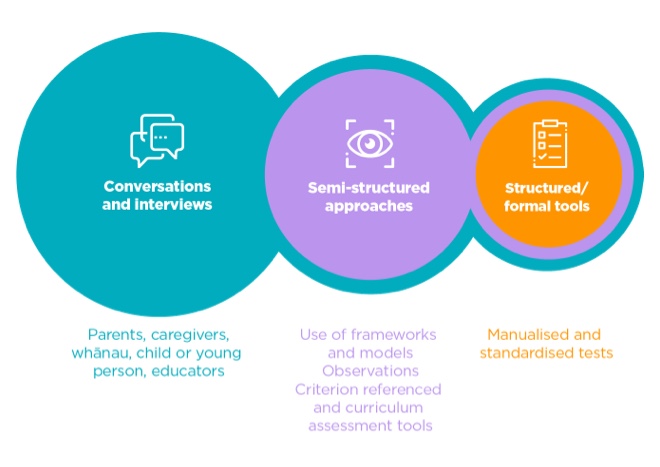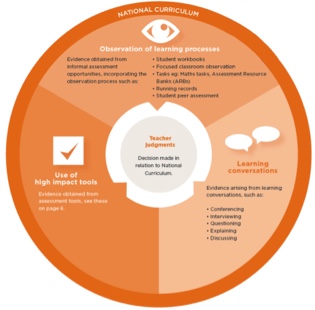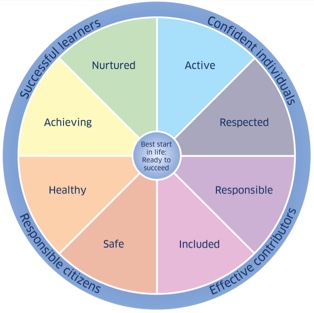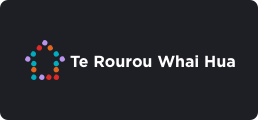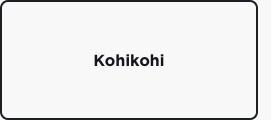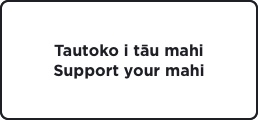2. Strengthen your understanding (Kohikohi)

|
In this section you are encouraged to think about kohikohi from a universal, school/clusterwide perspective as well as information gathering that will support planning for individuals and groups of ākonga. When you and your teams gather information consider:
In the next section of kohikohi, 'Supporting your mahi', you will find a range of tools and ideas to use in your teams - from whole school/clusterwide information gathering through to individual ākonga information gathering. Remember that any of this information gathering should help you to notice trends and patterns that will inform planning across the tiers of support. |
||
|
A learning system is one that improves over time, in which all participants are active learners who work together to achieve improved wellbeing and educational outcomes for all. A learning system focuses on using high quality assessment information to support and continuously improve the progress and achievement of each learner across the system while also strengthening and improving the system itself. - The Education Hub |
||
|
Read more on the The Education Hub about the principles of assessment. |
||
Frameworks and models for information gathering |
||
|
In your LSC role you will support teams to gather information about ākonga from a range of sources and perspectives. Not only will this information gathering process support planning for individuals and groups, it may start to inform broader school and cluster wide trends and patterns. The following models can support you and your teams to think about holistic ways of understanding all ākonga strengths and needs and the contexts in which they learn. Consider these factors:
|
||
Circles of evidence |
||
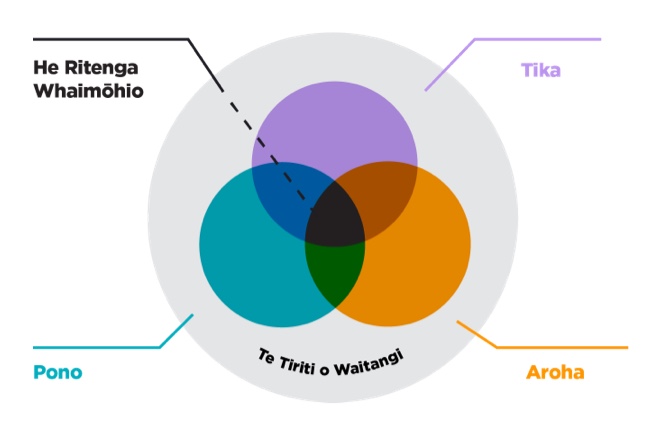 |
||
|
He ritenga whaimōhio - this is culturally responsive and evidence based practices in understanding ākonga within their contexts by using three circles of evidence. Aroha - interactions with whānau that enable whānau voice, knowledge perspectives and participation Pono - Practitioner and educator knowledge and skills. Practice interactions that have cultural integrity, are reasoned, just and fair. Tika - Research and literature that is culturally grounded, relevant, authentic and realistic |
||
Kohikohi - Gathering information to deepen understanding |
||
|
|
||
|
This diagram is designed to help you to think about the layers of information gathering. It starts with conversations and discussions and moves through to more intensive assessment tools. It emphasises gathering information in least intrusive ways. While using specific assessment tools may be a necessary component in understanding a learner and a context, it won’t be the first and only thing you do. The power of conversation continues throughout kohikohi. |
||
|
As an LSC you might support the data gathering process with one teacher, a group of kaiako or as part of a syndicate, department or school-wide improvement effort. You might also gather data around a particular aspect of school life or ākonga experience. Read more on the The Education Hub about using data for improvement and the four main kinds of data. |
||
Te Whare Tapa WhāTe Whare Tapa Whā is represented by the four walls of a wharenui, or meeting house, where each wall symbolises the dimensions necessary to sustain hauora - health and wellbeing. When thinking about the wellbeing of ākonga in your learning communities these dimensions can support your decision making around information gathering. Read more on the The Education Hub about culturally responsive assessment based on kaupapa Māori. |
Click on image to see in full |
|
Ākonga in contextThis ecological approach to kohikohi can support you to focus on the important connections between ākonga and their context. Gathering information is not only about identifying learner characteristics but considers these in relation to
|
Click on the image to see in full |
|
|
Click on image to see in full The Collaborative planning for learning guide has some useful ideas for gathering information. |
||
Early learning information gatheringWhile the following resources are designed for early learning, they may provide LSC with insights into the ways in which early learning kaiako understand and strengthen learning and how tamariki and whānau contribute to assessment and ongoing learning. Kei Tua o te Pae/Assessment for Learning: Early Childhood Exemplars is a best practice resource that will support teachers to improve the quality of their assessment and their teaching. It includes a book on Inclusive Assessment: Te Kāhui Aromatawai Te Whatu Pōkeka: Kaupapa Assessment for Learning Māori: Early Childhood Exemplars provides a resource based on a kaupapa Māori perspective and context. The resource is used for the assessment of Māori children in Māori early childhood settings. |
||
Kohikohi - Knowing the ākonga in your settings |
||
Strength-based approachThe following resources and links have been selected to support kohikohi around learner characteristics. They are intended to promote a strength-based approach to understanding learners. A strength-based approach encourages LSC and kaiako to:
(sourced from Strength-based approach: A guide to writing Transition Learning and Development Statements) |
||
|
All ākonga are active, capable learners with unique potential. They demonstrate competence in a range of ways and progress at different rates. As an LSC you will be able to support teachers as they get to know their ākonga, so that they can recognise their competencies, demonstrate their strengths, and work towards their aspirations. Read more about this in the Building a rich knowledge of the learner module on Curriculum Online. |
||
Wellbeing indicators |
||
|
Te Huia is based on the four domains of wellbeing in Te Pikinga ki Runga. (S and A Macfarlane 2011) These domains provide teams with a holistic framework for working with whānau and kaiako during gathering information to understand ākonga in the context of their different learning settings. |
Click on the image to see in full |
|
|
These wellbeing indicators are part of a wider model developed in Scotland called GIRFEC (Getting It Right For Every Child). With these indicators, ākonga, whānau and the people working with them are able to discuss how a tamaiti or rangatahi is doing at a point in time, and where there may be a need for support. Each tamaiti is unique and there is no set level of wellbeing that tamariki should achieve. Wellbeing is influenced by their individual experiences and changing needs as they grow. See Canterbury’s framework Circle of Wellbeing and Achievement which is influenced by this model and how it is used in supporting transitions. |
Click on the image to see more |
|
Knowing your learner
In your learning communities there may be ākonga who have specific diagnoses or who have particular characteristics. These guides on the Inclusive Education website and TKI have sections to strengthen kaiako understanding about specific learner diversities.While these guides describe learner characteristics based on common traits, it is important to remember that all ākonga are unique and the way in which they live and learn is connected to their language, culture, identity and experiences.
|
Acquired Brain Injury and Learning |
|
|
To access resources and tools to ‘support your mahi’ in kohikohi click on the tab below. |
||

